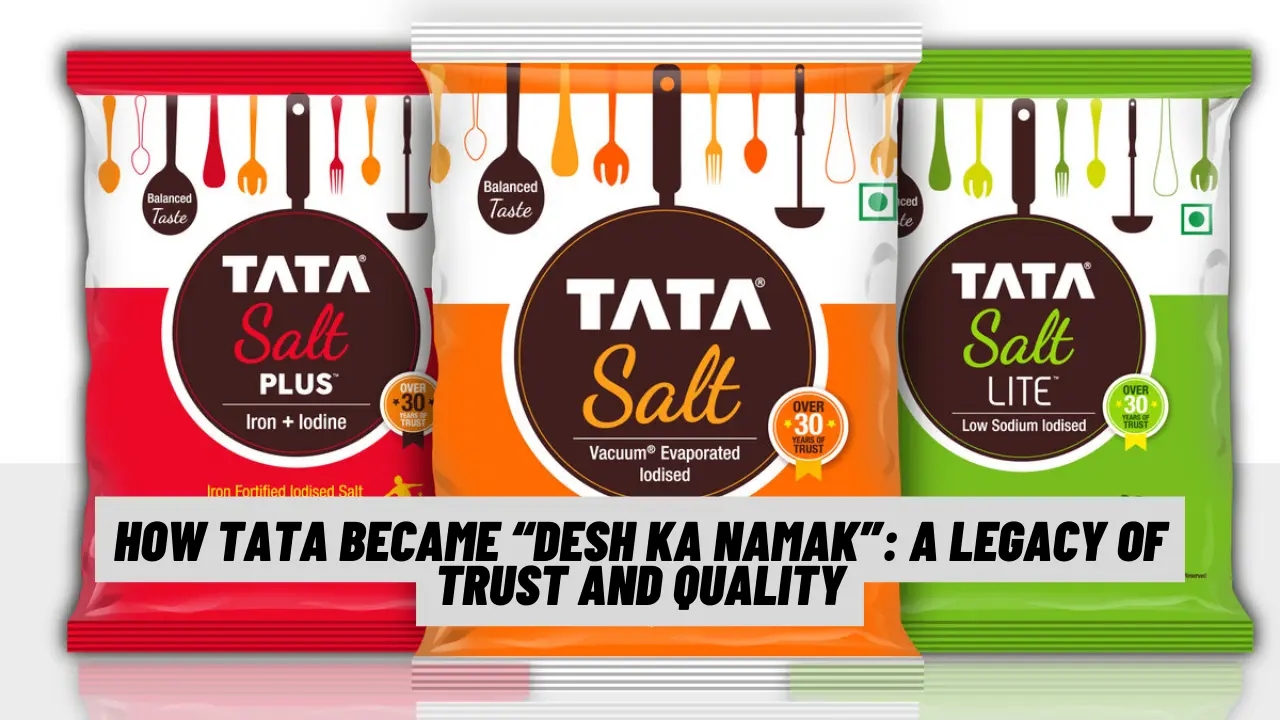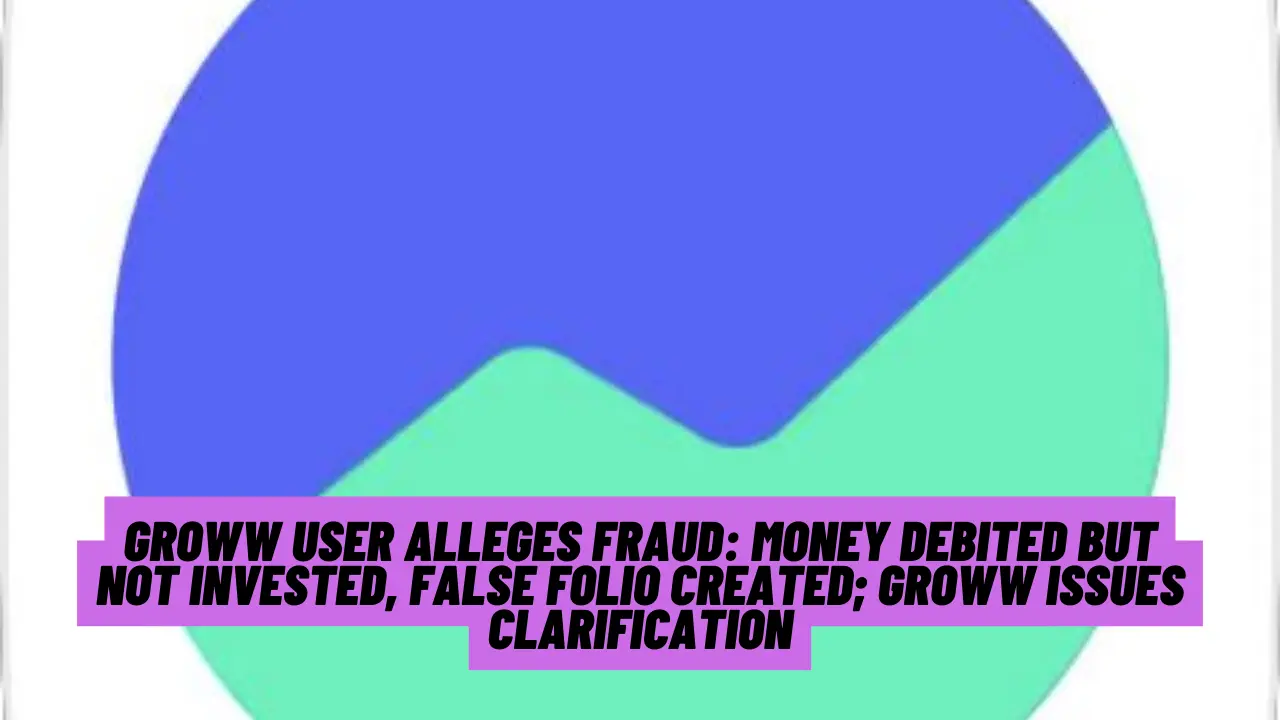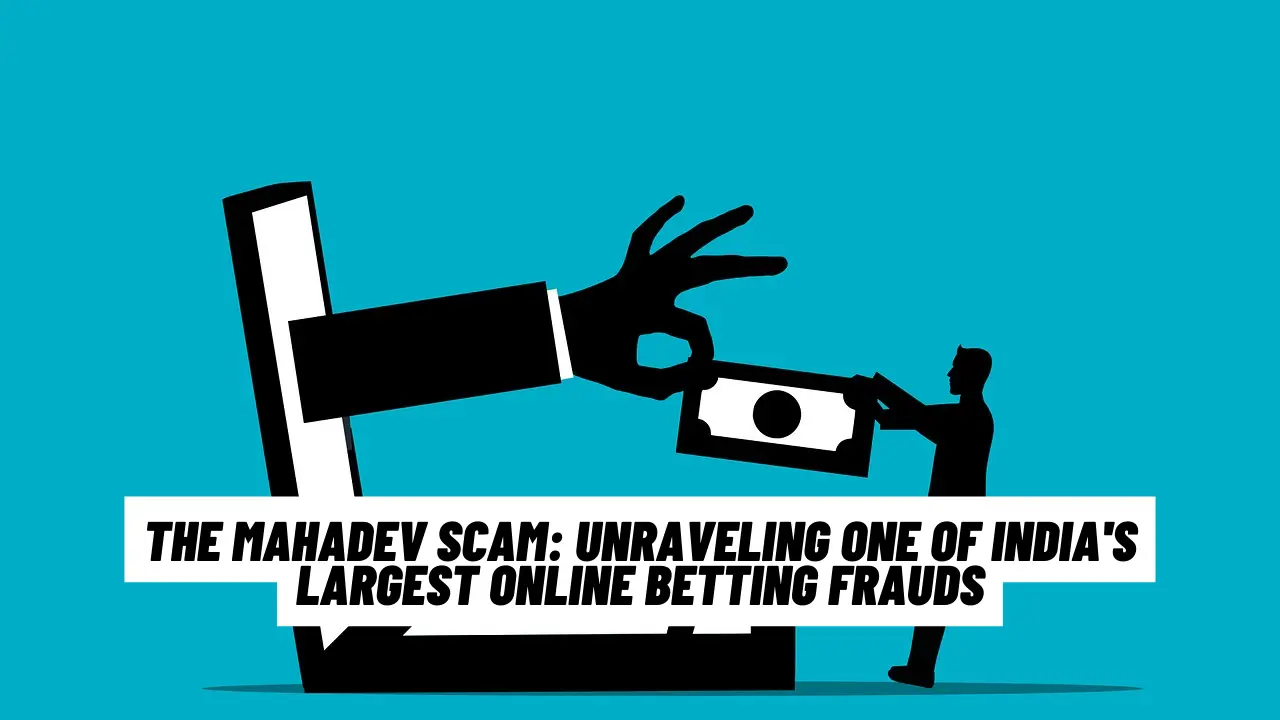PVR INOX, the leading cinema chain in India formed from the merger of PVR and INOX Leisure, is shifting its focus beyond traditional movie screenings. This strategic pivot is driven by the declining performance of Bollywood films and the increasing competition from streaming platforms.
PVR INOX, India’s largest cinema chain, is strategically diversifying its offerings beyond traditional movie screenings. This move is a response to several market challenges and opportunities, including the underperformance of Bollywood films, rising competition from streaming platforms, and changing audience preferences.
Key Points of PVR INOX’s Strategy Shift:
- Expanding Content Offerings:
- Live Sports and Concerts: With the upcoming T20 Cricket World Cup, PVR INOX plans to screen key matches, hoping to attract cricket fans to its theaters. The chain is also exploring broadcasting concerts and other live events, including potential filmed K-Pop performances, to diversify its content and appeal to a broader audience (Business Insider) (NDTV Profit).
- Adaptation to Consumer Preferences:
- Leveraging Trends: Recognizing the rise of streaming services like Netflix and Amazon Prime, which offer cheap and convenient entertainment options, PVR INOX is introducing loyalty programs such as the “PVR INOX Passport” to incentivize visits to their cinemas. This program offers discounted weekday tickets to encourage regular attendance (NDTV Profit).
- Screening Alternative Events:
- Special Screenings and Festivals: To fill the gap left by underperforming movies, PVR INOX is hosting film festivals and special screenings of fan-favorite films. This approach aims to create unique in-theater experiences that cannot be replicated at home (Business Insider).
- Focus on Regional Content:
- Bollywood and Beyond: While Bollywood’s performance has been lackluster, with many big-budget movies failing to draw crowds, regional films, particularly from South India, have gained significant traction. PVR INOX is likely to increase its screening of regional movies and Hollywood blockbusters that continue to attract viewers (Business Insider).
- Expansion Plans:
- New Screens and Locations: Despite the challenges, PVR INOX continues to expand its footprint, with plans to open 180-200 new screens annually over the next few years, focusing on under-penetrated markets, especially in the southern regions of India (Business Insider).
Implications and Future Outlook:
PVR INOX’s pivot towards a broader entertainment offering is a strategic response to a rapidly evolving market. By diversifying its content portfolio to include sports, concerts, and special events, the cinema chain aims to mitigate the risks associated with reliance on movie performances. This strategy not only addresses the current challenges posed by the streaming era but also seeks to create unique, in-theater experiences that attract diverse audience segments.
The success of these initiatives will be crucial in determining PVR INOX’s ability to navigate the complexities of the post-pandemic entertainment landscape and sustain its leadership position in the Indian cinema market.
Challenges Ahead:
PVR INOX’s shift in strategy is a response to several market pressures, including the slow recovery of movie-going post-COVID, the competition from OTT platforms, and changing audience preferences. The success of these new initiatives will depend on how well they can attract and retain audiences in a rapidly evolving entertainment landscape.
For more detailed insights, you can read the full articles on Business Insider India and Business Standard.







